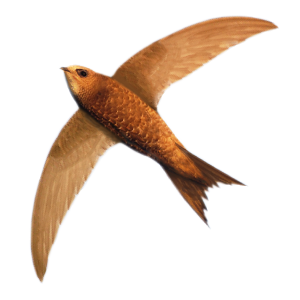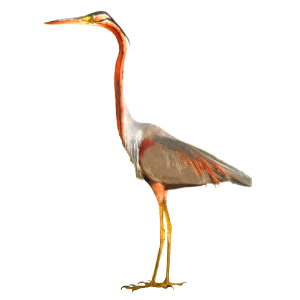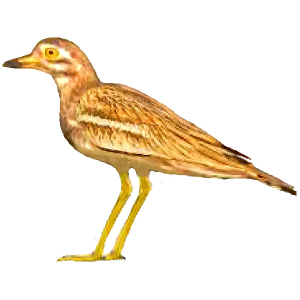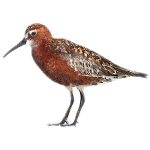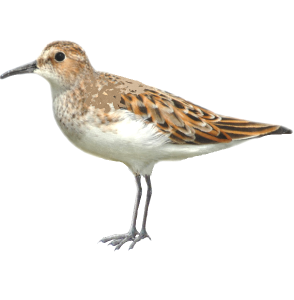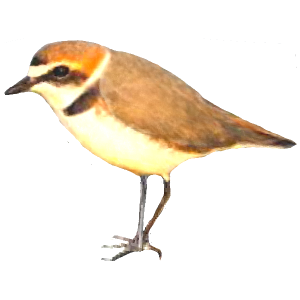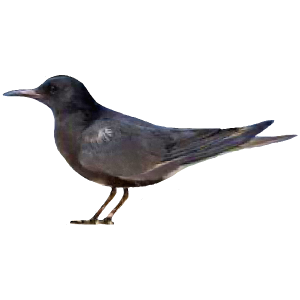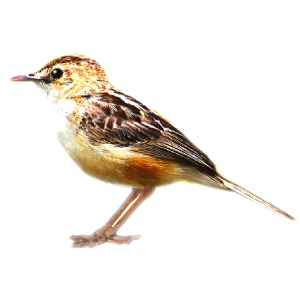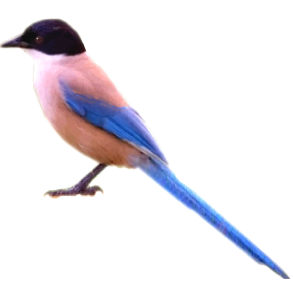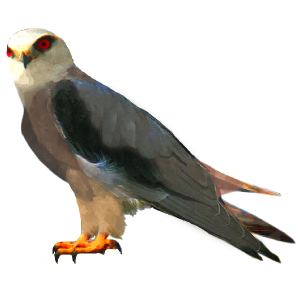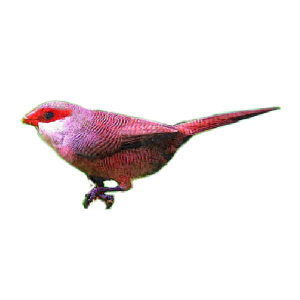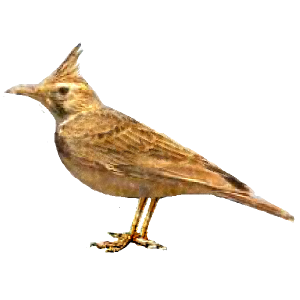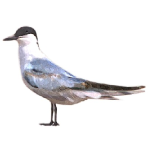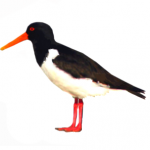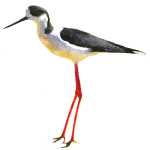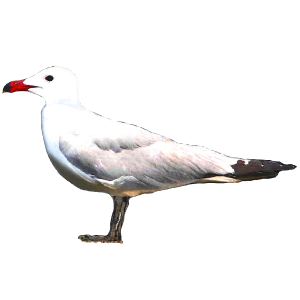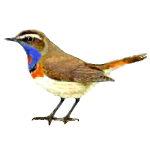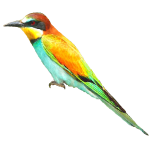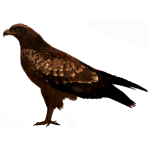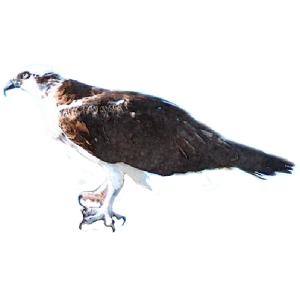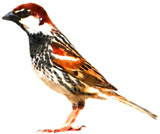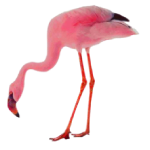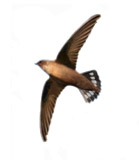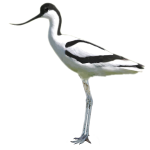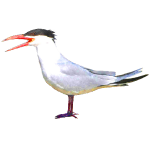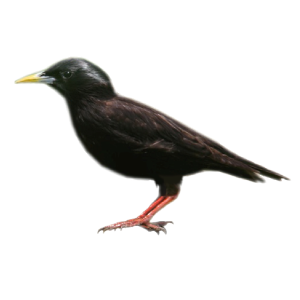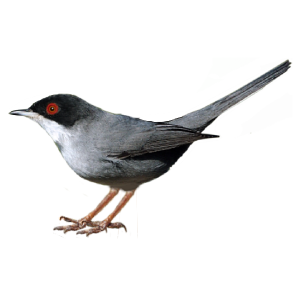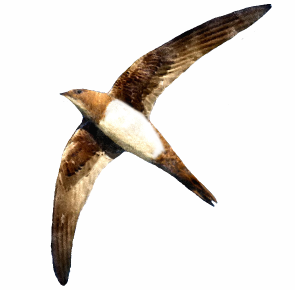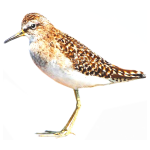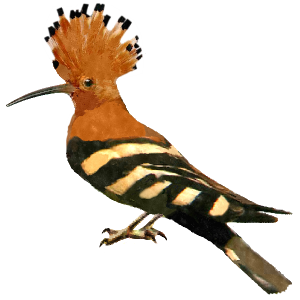HOTSPOT FACTSHEET: ALVOR ESTUARY & BOARDWALK
Location: Ria de Alvor / Alvor; Lagos and Portimão municipalities, Western Algarve | Coordinates: 37°7’35.094″N, -8°35’45.744″W (Lat/Long); 37.126415 N, -8.596040 W (decimal degrees) | Code: PT1 | Completion Time: up to 2-3 hours | Best Time for Birdwatching: Spring, Autumn and Winter; all seasons offer good birding opportunities; however, there’s a lower number of birds and bird species between July and August | Protection Status: Ria de Alvor Special Area of Conservation (Natura 2000); Ramsar Site | Activities: birding; nature walks; cycling, running & other outdoor activities; sightseeing; cultural travel; water sports; extreme sports;
[PLEASE CHECK ALVOR’S BIRD SPECIALITIES AT THE BOTTOM OF THIS PAGE] The estuary and surrounding quarters are home to several noteworthy residents, such as the illusive Stone-curlew, the Cattle Egret, the Black-winged Stilt, the minute Kentish Plover, and the Greater Flamingo (a species that roams the deserted salt pans together with Audouin’s Gull). This is also one of the best places in the region to observe a few species of terns. Caspian Terns – the world’s largest tern – winters in the estuary between late summer and March-April, the same months that signal the arrival of the breeding Little Terns and the migrant Wood Sandpipers (annual, in small numbers).The Osprey is a wintering species with some records during spring and summer, whereas the Black-winged Kite is a resident that breeds in the area.
Those birds join the resident Sandwich Terns around the attractive lagoon and, on occasion, a few passing Black Terns. The plentiful fish present in the sheltered estuary exerts a pull on the Osprey – whose relative abundance is highly variable from one year to another – and its generally pleasant winter conditions also draw the Little Stint, the Water Pipit and the beautiful Bluethroat. This bird is not at all uncommon but it may be hard to pin down; a cautious and small species, it spends the day hiding its bright blue bib in thick shrubbery while gleaning plants for invertebrates and a few fruits and seeds. Shorebirds like the Bar-tailed Godwit, Knot, Dunlin, Grey and Ringed Plovers, Whimbrel, Green and Redshanks can be especially numerous at different times throughout the colder months. The Purple Heron is common in spring in small numbers but Richard’s Pipit is a rare bird across the area. Rarities include Cream-coloured Courser, Terek Sandpiper, White-crowned Wheatear, Royal Tern and the critically endangered Sociable Lapwing.
Waders are best seen at high tide as they tend to congregate in only a few places. Also, during some periods of bad weather, large aggregations of seabirds gather in the Alvor lagoon, providing an opportunity to search for unusual species. Arrive early in the morning to take advantage of the best lighting conditions and bird activity. During July and August, the best times to visit the Alvor Estuary are very early in the morning or a couple of hours before sunset. Winter months can be windy. It is not possible to walk around the marsh anymore, and the area gets completly flooded at high tide; going to the saltpans is also complicated at high tide. Especially between February and August, please stay on the main tracks at all times to avoid disturbing nesting birds. See also the Alvor Boardwalk & Estuary Trail page to obtain further advice.
Ponta da Piedade: the spectacular rock outcrops at Ponta da Piedade are a real treat to the eyes. Arrive just after the sunrise to observe seabirds, or at sunset to delight in the game of colours reflected by the golden cliffs. In summer, those times are also the best ones if you want to avoid large gatherings of visitors. The area surrounding Ponta da Piedade is inhabited by Cattle and Little Egrets, as well as Western Jackdaws, wild Rock Pigeons and Spotless Starlings. Don’t miss a boat trip to the stunning sea caves, as the coastal scenery is truly unique.
Arade Estuary: not as rich and diverse as other birding sites in Algarve, still the Arade Estuary has some noteworthy inhabitants like the Spoonbill, the Great Black-backed Gull, the Bluethroat, the Cattle Egret, the Black-winged Stilt, and occasionally, the Greater Flamingo. Some species of common shorebirds can be locally abundant, like the Ruddy Turnstone and the Green Sandpiper. One of the best places to inspect the marshes and mudflats is located in Mexilhoeira da Carregação (not an easy name to remember, and not an easy site to find, either: please check the map above for directions). The estuary is a Ramsar Site, and home to several legally-protected, EU-classified priority habitats (Habitats Directive).

